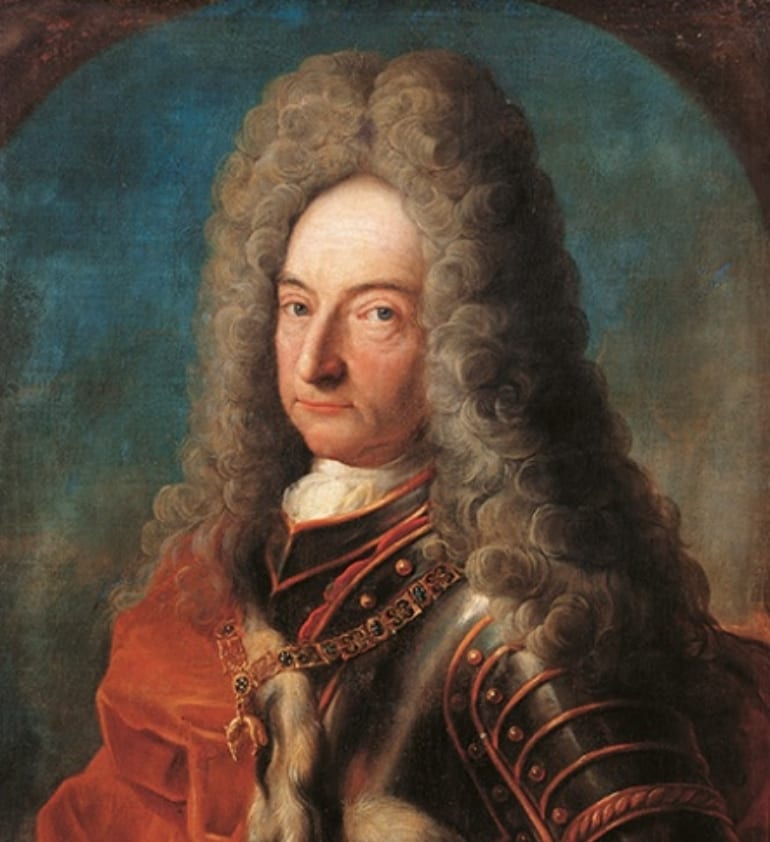
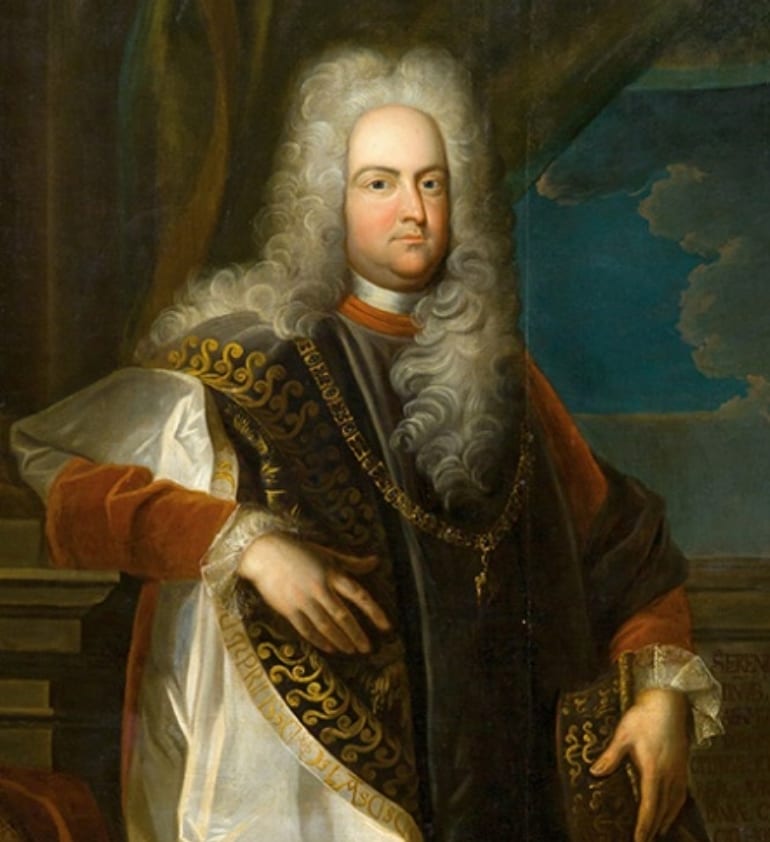

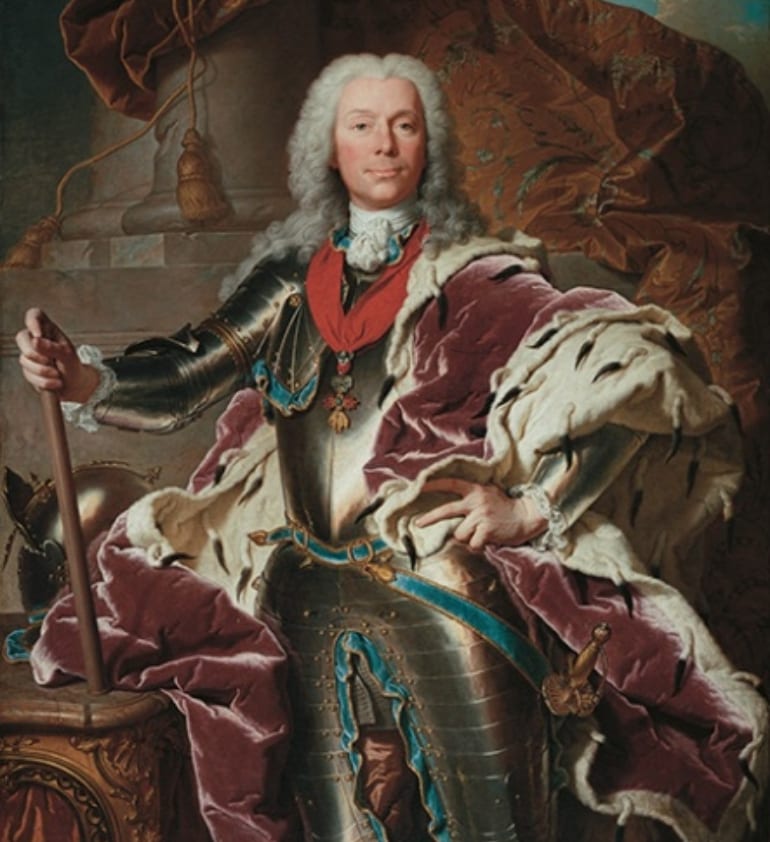

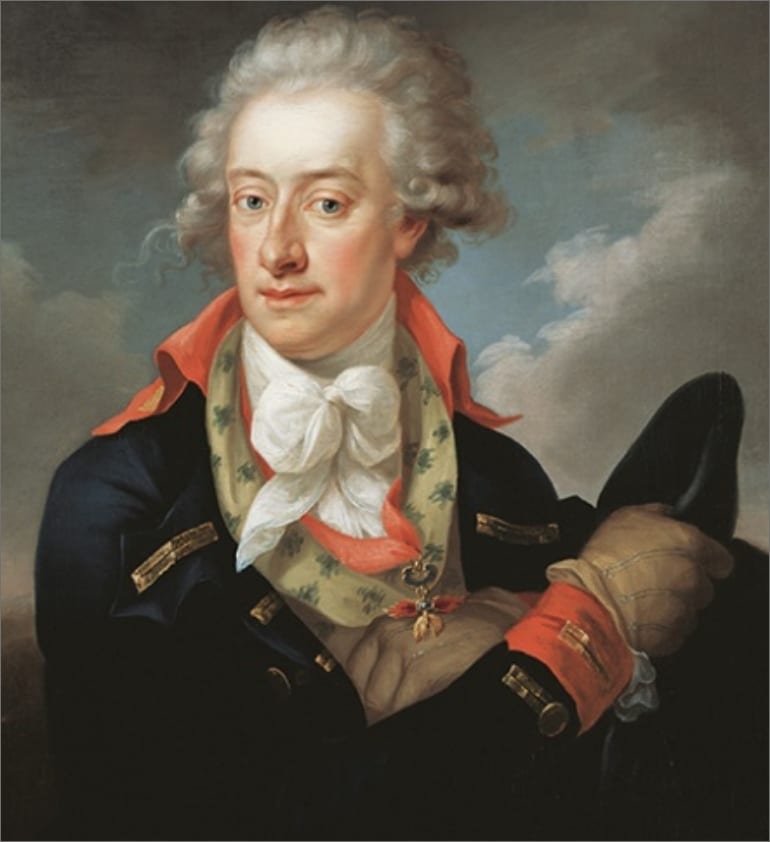
18th century
Prince Anton Florian I.
1718 – 1721

It was due to the political influence of Prince Anton Florian I at the Imperial Court in Vienna that Emperor Karl VI elevated the County of Vaduz and the Lordship of Schellenberg to the Imperial Principality of Liechtenstein in 1719.
Prince Anton Florian I (life dates: 1656-1721), was prepared from childhood on for a later assumption of political responsibility. He entered imperial service as a chamberlain in 1676 and received the Hungarian Indigenate in 1687. Two years later, the Emperor appointed him a Privy Councillor and sent him as the first lay person to the Papal Court in Rome, initially in the function of an extraordinary envoy and then, from 1691, as ambassador.
In 1693 Prince Anton Florian I was entrusted with the direction of the education of Archduke Karl, later Emperor Karl VI, and appointed his Obersthofmeister. In 1697, he received the Order of the Golden Fleece. From 1703 on, he accompanied Karl as Lord Chamberlain and First Minister in the War of the Spanish Succession and was awarded the title of Spanish Grande.
Admission to the Imperial Council of Princes
After his return, Prince Anton Florian I assumed leadership of the government as Chairman of the Council of State. He retained his position as Chief Intendant and thanks to his influence at court, in 1713, he achieved admission to the Imperial Council of Princes for himself and his heirs, on the condition of a solid piece of territory directly subordinate to the Emperor.
Elevation to the Imperial Principality of Liechtenstein
Prince Anton Florian I acquired the territories of Vaduz and Schellenberg from the estate of his nephew Joseph Wenzel through an exchange of land, who in return received from Anton Florian his very rich dominion of Rumburg (Rumburk) in Bohemia. He lobbied the Emperor for their elevation to the Imperial Principality of Liechtenstein - this happened in 1719.
Prince Josef Johann Adam I.
1721 – 1732
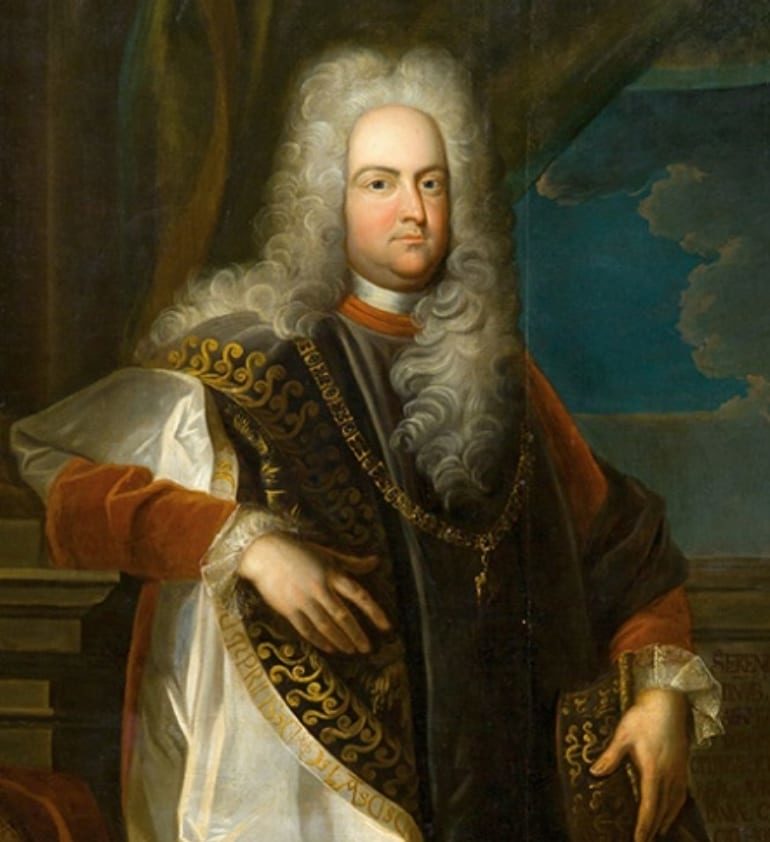
Prince Josef Johann Adam I was a successful administrator of his estates. When disputes arose within the family over the inheritance of Prince Johann Adam Andreas I, he managed to settle them amicably.
Prince Josef Johann Adam I. (life dates: 1690-1732) is the only surviving son of Prince Anton Florian I. In his younger years, he served in the imperial army and took part in the War of the Spanish Succession.
In 1712, he was appointed chamberlain by Emperor Karl VI and the following year headmaster commissioner at the Moravian Diet. Due to his origins and his political and military merits, Prince Josef Johann Adam I was awarded the Order of the Golden Fleece shortly after his accession to power in 1721. From 1723, he also held the dignity of Privy Councillor and in 1729/30 opened the Silesian Princely Diet in Breslau as Imperial Principal Commissar.
Prince Johann Nepomuk Karl I.
1732 – 1748
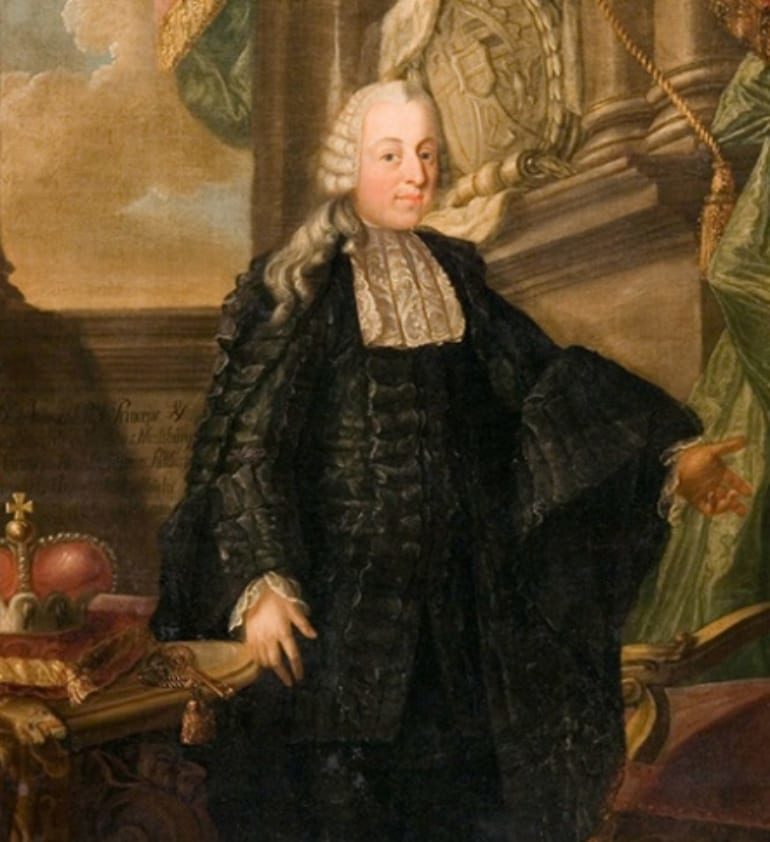
Johann Nepomuk Karl I, who was only 8 years old at the time of his father's death (life dates: 1724-1748), grew up under the guardianship of his uncle, Prince Joseph Wenzel I. He was carefully prepared by his uncle to take over the reins of government. In keeping with the rank of the house, he was prepared by the latter for the assumption of the affairs of government through a careful education. Three years after coming of age, Prince Johann Nepomuk Karl I died at the age of only 24 without leaving an heir or successor to the throne.
Prince Joseph Wenzel I.
1712 – 1718 and 1748 – 1772
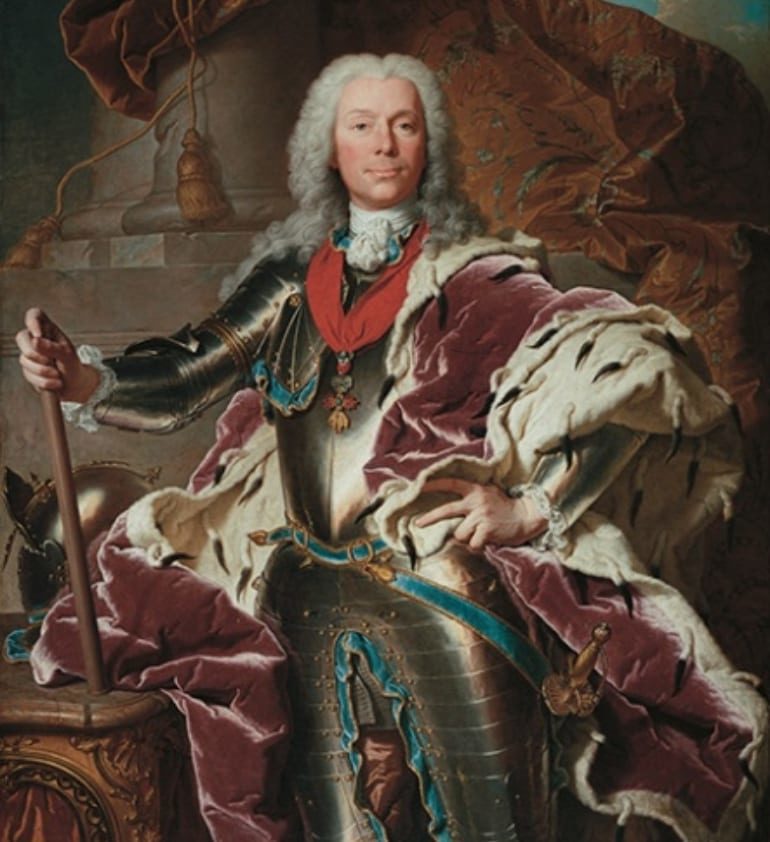
Prince Joseph Wenzel I was one of the most capable diplomats and military strategists of his time. His efficient technical and personnel reorganisation of the Austrian artillery made it a powerful instrument of the imperial army and secured him a lasting place in military history.
Prince Joseph Wenzel I (1696 - 1772) possessed a variety of talents as it was characteristic of the aristocrat of the Baroque era. He combined the qualities of a dignitary at court with great skills in politics and showed a strong aptitude for war tactics and questions of organisation.
Ambassador in Berlin and Paris
In the years 1735 to 1741, Prince Joseph Wenzel I undertook diplomatic missions and represented the Emperor as envoy and ambassador at the court of Friedrich Wilhelm I of Prussia in Berlin and at the court of Louis XV of France in Paris and Versailles respectively. His ceremonial arrivals in Paris on 21 December 1738 and two days later in Versailles were social events of the first order. For his services, the Prince was awarded the Golden Fleece.
Reorganiser of the artillery
In 1739, Prince Joseph Wenzel I was appointed General of Cavalry. In consideration and recognition of his abilities, he received the Directorate General over the Imperial Artillery in 1744 and finally the Supreme Command of the Imperial Army in Italy in 1745.
First Imperial Commissioner
As a sign of the highest esteem, he was entrusted by the Emperor with the honourable task of collecting the bride of the heir to the throne, Archduke Joseph, from Parma and escorting her to Vienna at the beginning of 1760.
In 1764, he made one last glorious appearance as "First Imperial Commissary" to prepare the election of Archduke Joseph as Emperor Joseph II, Roman-German King in Frankfurt am Main.
In 1765, in recognition of his many merits, the Prince received from the hand of Maria Theresa the Grand Cross of the Royal Hungarian Order of Saint Stephen, which had been founded shortly before, and which was the highest award that the House of Habsburg was henceforth to bestow for civilian (not military) achievements. Prince Joseph Wenzel I died without leaving a male heir.
Prince Franz Josef I.
1772 – 1781
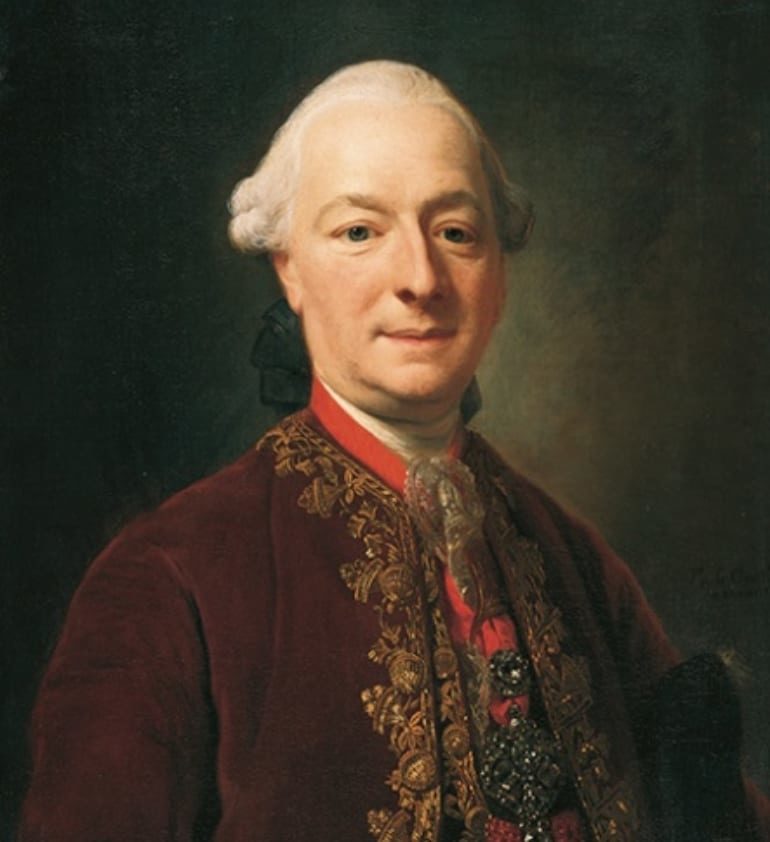
Prince Franz Josef I rose to become the head and ruler of the House of Liechtenstein in the year 1772-1781, as his uncle, Prince Joseph Wenzel I, had remained childless. During his short reign, he was primarily concerned with the administration of his estates.
Prince Franz Josef I was strongly supported by his uncle, Prince Joseph Wenzel I. He was also among the participants in the journey to Parma, where Joseph Wenceslas had to collect the bride of the heir to the throne, Archduke Joseph. The following year, Prince Franz Josef I travelled to Mergentheim in his capacity as Chief Chamberlain with Duke Karl Alexander of Lorraine for his election as Grand Master of the Teutonic Order.
Privy Council
In 1763, Prince Franz Josef I took on a diplomatic role and travelled on behalf of the Imperial House to Spain, in order to bring the bride of Archduke Leopold (the future emperor Leopold II) the portrait of her groom. From 1767, he was a Privy Councillor and four years later, he was awarded the Order of the Golden Fleece. In 1778, he appeared for the last time in a public function - as president of the Lower Austrian gentry.
Administrator of substantial assets
The Prince devoted himself primarily to the administration of his extensive estates, which were increased by the majorat estates in 1772, after assuming his regency. In addition, he received a vast inheritance from Duchess Maria Theresa of Savoy, a relative who had died the same year without leaving a surviving offspring.
Prince Alois I.
1781 – 1805

From his youth, Prince Alois I was concerned with the administration and management of his estates. Throughout his life, he pushed ahead with the modernisation and rationalisation of the princely estate administration by acquiring the relevant knowledge on his travels and by studying the relevant literature.
Prince Alois I (life dates: 1759-1805) introduced modern methods of production on his estates, experimented in breeding and had numerous useful and ornamental plants imported from overseas for economic reasons and botanical interest.
Fondness for library and architecture
He also showed a pronounced passion for books and continued to expand his library by purchasing extensive collections. Among other things, he acquired the important library of Prince Carl de Ligne (1793). Alois was also always concerned about a princely ambience. That is why he had the architect Joseph Hardtmuth completely renovate the Majoratspalais in Herrengasse in Vienna. It became the most modern palace and administrative building of the Monarchy.
Prince Alois I also developed a wide range of activities around Eisgrub Castle. He commissioned various garden architects to design the park; a castle theatre was created and a music band became a permanent fixture in Eisgrub. Joseph Hardtmuth decorated the Eisgruber Schlosspark with classicistic buildings. From 1789 (for the first time in the history of the Princely House), Alois I maintained a permanently dedicated house chapel and had a two-storey castle theatre built in Feldsberg.